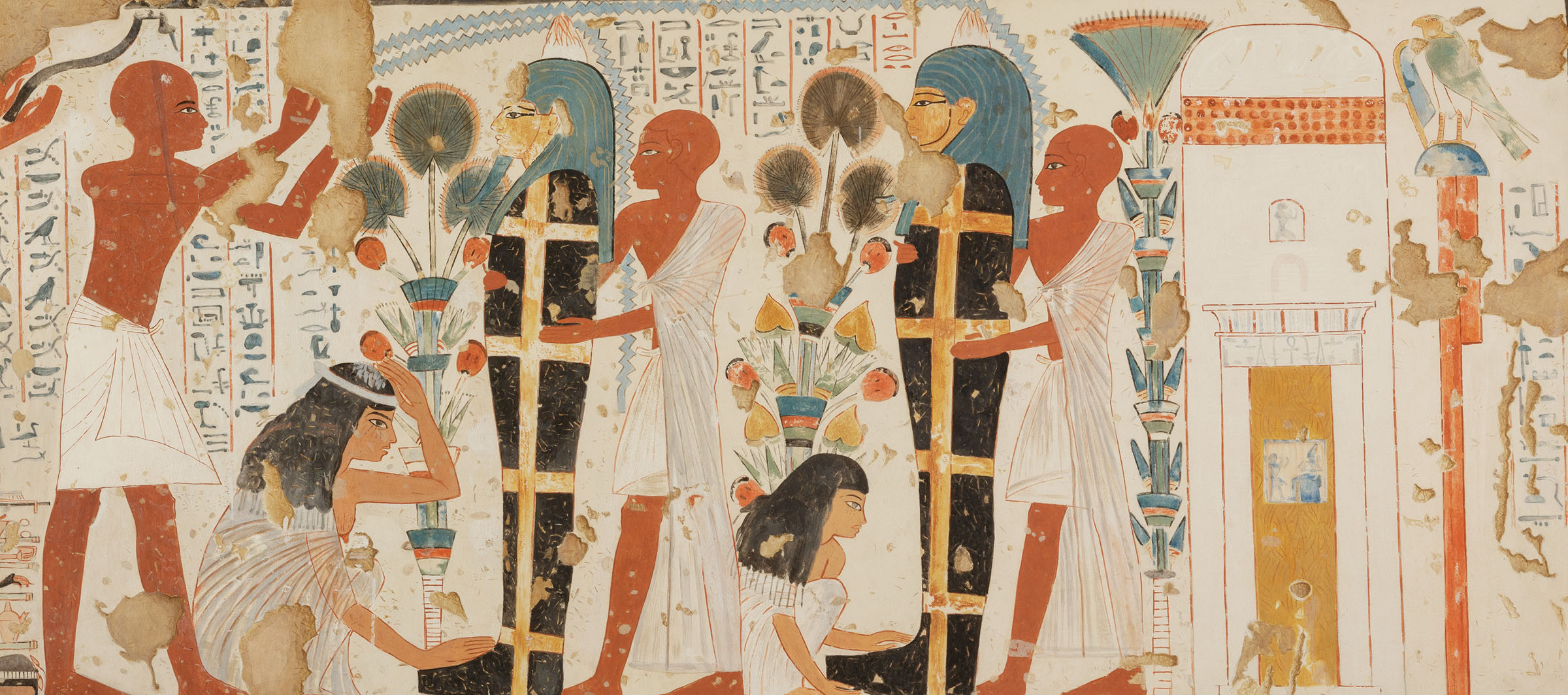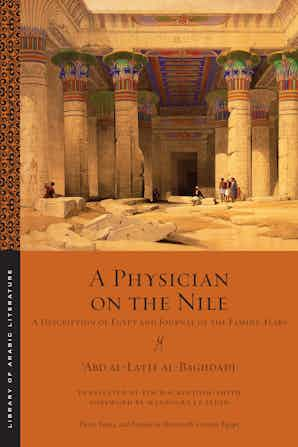Abd al-Latif ibn Yusuf ibn Muhammad al-Baghdadi was born in Baghdad into a family of scholars, originally from Mosul, in March 1162. He had a rather miserable-sounding childhood: he says he “knew no fun or games,” but instead was crammed with lessons. In his youth, a charismatic wandering scholar and alchemist called al-Naili turned up in Baghdad; Abd al-Latif fell under the manʼs influence, but was eventually to renounce alchemy as nonsense. A more lasting formative experience came about when, having fallen ill, Abd al-Latif diagnosed and treated himself using al-Raziʼs encyclopedic medical work The Comprehensive Book on Medicine. The success of the treatment sparked off a fascination with medicine that was to endure, grow, and gain him fame.
At around the same time, he also developed a deep and lasting interest in philosophy. Baghdad may have been the seat of a caliphate that at least nominally reigned over the Sunni Muslim world, but it was far from being an intellectual center. In his mid-twenties, therefore, like so many keen young scholars, Abd al-Latif set off in search of knowledge, contacts, and patronage. Arriving in Damascus in 1190, he found himself in a new and vigorous polity, the Ayyubid sultanate of Syria and Egypt. Its founder and ruler, Saladin, was famous as a warrior fighting the Franks, but the great manʼs magnetism (and money) were attracting scholarly as well as military talent. Abd al-Latif made for the sultan himself, and found him encamped at Akkah (Acre); there the young man made an impression on Saladinʼs learned secretary and adviser al-Qadi al-Fadil. The latter wrote him a letter of introduction to an influential contact in Cairo. A door opened.
In 1200–1202 came a devastating Egyptian famine and plague. Abd al-Latif had already been working on a big volume on Egypt and its history, largely compiled from earlier sources; he now realized that his first-person observations of the country and its catastrophe could be the material for a shorter book—this one—that would be uniquely “striking [in] impression.” He finished it in situ, in Cairo, at some time in May 1204. Shortly after, he moved to Jerusalem, where he continued teaching and writing; he also worked on a final version of this book, now lost. What we have here is by no means a rough copy, but it is a text still in motion, still growing, and particularly in its second, unsettling part. It loses nothing by this. We are there in the editing suite, as it were, watching the rushes.—Tim Mackintosh-Smith
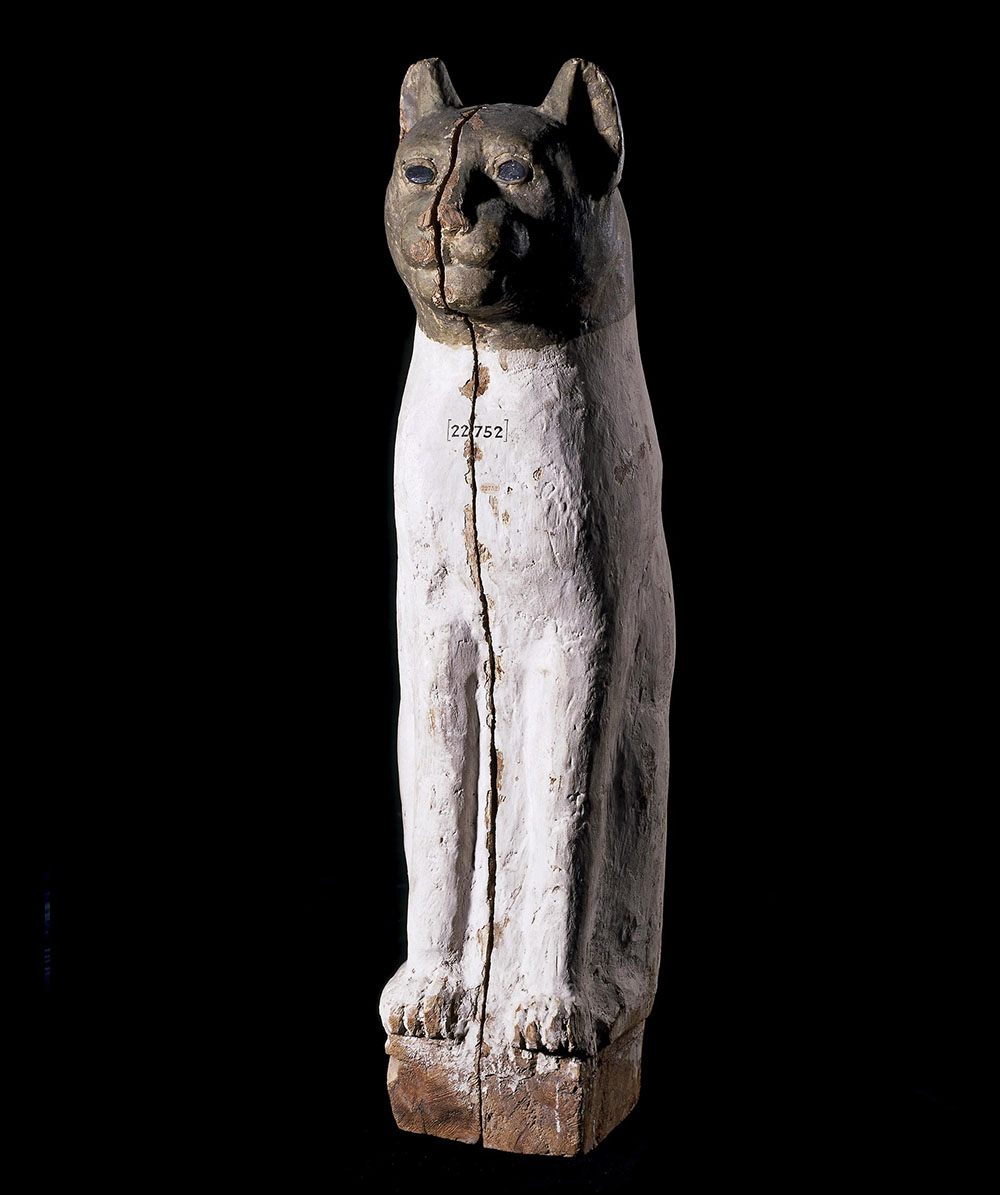
In the present day, people have been left to their own devices, at liberty to roam day and night. They have been given free rein to go wherever their fancy takes them, running after their own whims and ambitions. Each and every one of them acts by his own rules, and on the impulse of his own nature, according to the temptations of his ego and the enticements of his passions. Confronted by great monuments, such people are awestruck at first sight—but then go on to view their implications in the worst light. Their fancies have steered them relentlessly towards their darlings, their hearts’ dearest desires: the dinar and the dirham. They are thus like the wine drinker of whom it was said,
Everything he saw, he thought to be a cup;
Everything he saw, the boy who tops it up.
These people see every sign that catches their eye as a marker flagging loot and every crack that cleaves a hillside as leading to treasure. Moreover, they view every great idol as a guardian of riches buried beneath its feet, standing as a deadly warning to all.
They have taken to using every device to destroy them, and they spare no efforts in demolishing them; they disfigure the idols, not only because they hope to get money out of them, but also because they fear that the idols can cause their own destruction. They chip holes in rocks, too, never doubting that they are locked coffers filled with treasure, and they creep through clefts in the hills like cat burglars who have found devious ways into houses and stolen a march on their rivals. Some of these clefts can only be entered on all fours, some only by crawling on one’s belly, others by dragging oneself flat on the ground, and yet others contain such tight spots that only a lean and skinny person can squeeze through. Most are in fact natural clefts in the hillsides.
Any treasure seeker with his own money ends up losing it in his quest. Those who are hard up to begin with, however, will target some well-off person and build up his hopes, till his desire for gain seems all but fulfilled. This they do with solemnly sworn oaths; they also make claims about information of which they are the exclusive possessors and about portents they pretend to have witnessed. Eventually, the backer will end up insane, insolvent, and in dire straits.
Nevertheless, the hopes of such people are constantly reinforced, and they never cease to persist in their quest. Part of the reason is that some treasure seekers do indeed find spacious, well-built underground crypts containing vast and innumerable throngs of the ancient dead. The bodies are swathed in linen wrappings, at times up to about a thousand cubits of cloth on a single corpse. First, each member—for example, the hands, the feet, the fingers, and the toes—is individually wrapped in fine bandages, then the entire body is wound about until it ends up like an enormous bundle. The wrappings are taken by the Bedouin Arabs, by the country folk, and by other people who go looking for these crypts. Any of the cloth that is still soundly woven they make into garments, or else they sell it to the paper makers who turn it into packaging for druggists.
Some of the dead are interred in coffins of jummayz wood, hewn thick, others in stone sarcophagi of marble or granite; yet others are found in large jars full of honey. A reliable person informed me that once, when some people were on the trail of treasure near the pyramids, they came across a sealed storage jar. On breaking open the seal, they were surprised to find the jar full of honey. They had begun tasting it, when one of the company found some hair sticking to his finger. He pulled at it—and out popped a small boy. All the parts of the child were still in one piece, the flesh of his body was soft to the touch, and he was wearing some pieces of jewelry and other ornaments.
The foreheads, eyes, and noses of these dead ancients are sometimes covered with an outer skin, as it were, of gold foil; this is sometimes also placed over a female corpse’s genitalia. At times, a gold integument of this sort covers the entire body, like a sheath. Also, the corpse may be accompanied by some pieces of gold, and by various ornaments and items of jewelry, or even by the tools with which the dead person plied his trade in life. A reliable informant told me that he had found with one corpse a barber’s kit, consisting of a whetstone and a razor, with another, a cupper’s instruments, and with a third, a weaver’s equipment. Judging by appearances, it thus seems that it was the ancient Egyptians’ practice to bury a man with the tools of his trade and with his worldly wealth.
I have heard that there are certain Abyssinian communities who also follow this practice, and that they regard it as inauspicious to touch a dead man’s possessions or to make any use of them. A relative of ours moved to Abyssinia and made money there, including 200 uqiyyahs of gold. When he died, the local people compelled an Egyptian who had been in his company to take the money—and so he did, with all due acknowledgment to them.
It seems—though God knows best—that it was also part of the practice of the ancient Egyptians to place a quantity of gold bullion with the dead person. One of the judges in Abusir, which is situated next to the ancient burial grounds, informed me that they had dug up the bodies from three graves, and had found each one to be covered with an integument of gold so thin that it barely held together.
In the mouth of each corpse they had found an ingot of gold; when the judge put the three ingots together, they weighed nine mithqals in total. There are so many stories about such finds that this book could not contain them all.
Let us turn to the substance they call mumiya, which is found in the body cavities and brain pans of ancient corpses. It is exceedingly plentiful: the country folk bring it into the city, where it is sold for a trifling sum. I myself have bought three heads full of it for half an Egyptian dirham; the man who sold them to me showed me a sack filled with the stuff, in which there was a thorax and abdomen packed with mumiya. I noticed that it had infiltrated the bones, and that they had become saturated with it; indeed, the mumiya had permeated them so thoroughly that they seemed to have become part of it. I also saw a mummified cranium that had the marks of the cloth wrappings and the pattern of their weave impressed on it, just as they will be imprinted on wax if you use it to seal a cloth wrapper.
This mumiya is black, like mineral pitch. I observed that, when exposed to the high temperatures of summer, it became runny and stuck to anything it touched; when placed on lighted charcoal, it boiled and emitted smoke, and I smelled the odor of mineral pitch or asphalt coming off it. Indeed, it seems likely that it is a mixture of asphalt and myrrh.
As for mumiya proper, it is a substance that comes down from the mountain peaks with the waters that run off them, then coagulates like tar; it gives off an odor of asphalt mixed with mineral pitch. Galen writes, “Mumiya wells up from springs, as do tar and naphtha.” Other authorities have said that it is itself a type of tar, and that it is called “the menstruation of the mountains.” Whatever the case, the substance that is found in the cavities of corpses in Egypt is not far different in its properties from the natural characteristics of true mumiya, and near enough to be used as a medicinal substitute when true mumiya is unavailable.
Of all the interments to be found in their ancient burial grounds, some of the most surprising are those of various types of animals—birds, beasts, and insects. Each is swathed in any number of cloth wrappings, cosseted and coddled in its coverings. A reliable person told me that some people had discovered a subterranean chamber, solidly built, and on opening it had found inside it a mass of linen wrappings that had become threadbare with age. These they managed to remove, innumerable though they were—and found them to contain a perfectly preserved calf, which had been swaddled with the utmost skill. Another informant told me that they had come across a falcon: after an exhausting time unwinding its wrappings, they also found it intact, with not a feather missing. I have also been told similar stories about a tomcat, a sparrow, a beetle, and other creatures, but recounting them would involve too much long-winded and extraneous detail.
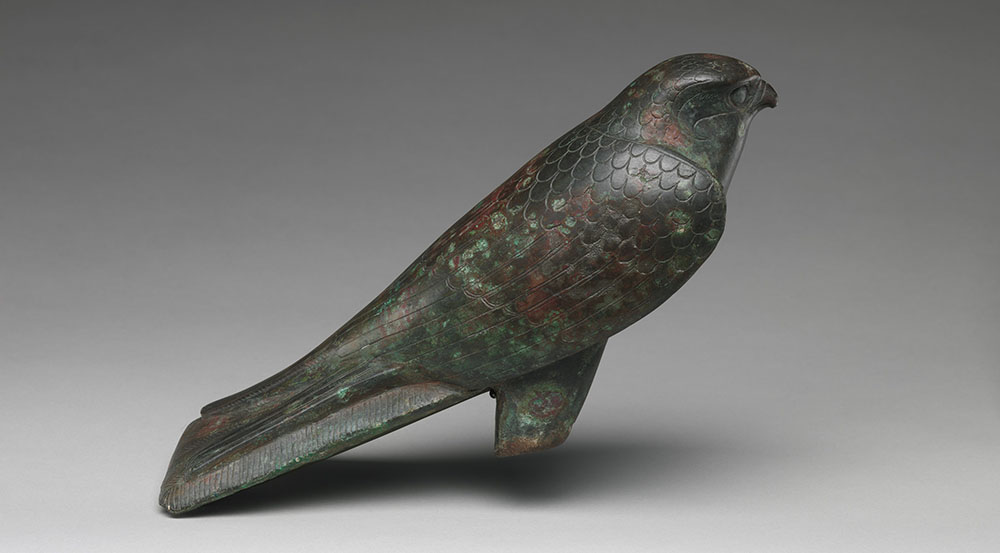
A trustworthy and truthful informant also told me how some treasure hunters had come to him when he was in Qus and explained that a sinkhole had suddenly opened up beneath their feet, leading them to suspect that there was something buried in it. My informant went out with them to the spot, accompanied by a group of armed men, and they began digging. They eventually found a large jar, its top firmly sealed with gypsum plaster. They eventually opened it, with some difficulty, and discovered some objects like fingers, wrapped in strips of cloth. When they unwound the wrappings, they found them to contain sprats—that is to say, small fish—which had as good as turned to dust, and would fly away at a puff of breath.
Nevertheless, the men carried the jar to the town of Qus and placed it before the governor. About a hundred men gathered around it, and set about unwrapping the rest of its contents. At last, they got to the bottom of it—and it was all wrapped sprats, and nothing but.
Sometime later, I myself saw in the ancient burial grounds at Abusir more marvels than this book could possibly contain. For example, I found there subterranean grottos, constructed with great skill, each of which held countless mummies. One grotto would be filled with the mummies of dogs, another with those of cattle, yet another with those of cats, all of them wrapped in strips of linen. I noticed, too, a certain amount of human bones that had become so splintered with age that they resembled the white fibers of a date palm. However, most of the remains I saw were hard and still very much in one piece.
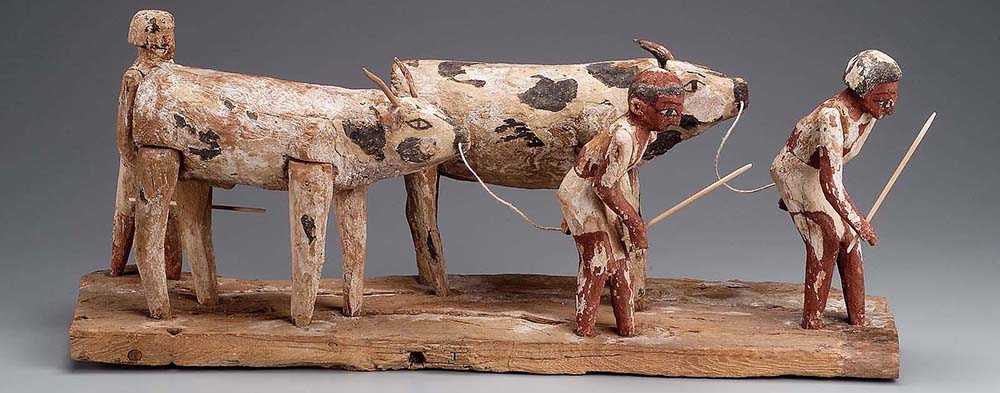
This was particularly true of the ancient bodies that had been steeped in asphalt or in tree pitch. You find that these latter corpses resemble iron in color, hardness, and density. I saw God knows how many skulls of cattle, and also of sheep and goats, and was able to distinguish between the heads of goats and of sheep, as well as between those of cows and bulls. I found that the flesh of the cattle had adhered to its wrappings and become one piece with them, red to black in color; the bone, where it protruded, was a pure and brilliant white. Some bones, however, were red, and some black; human bones displayed the same variety of color. Undoubtedly, the mummy cloths were first soaked in aloes and tree pitch and, when saturated, were used as wrappings. This is why they impregnated and preserved the flesh; any of the wrappings that happened to be in contact with bone impregnated it also, turning it red or black.
In several places, I also found entire hillocks composed of the remains of dogs, containing in all perhaps a hundred thousand individual dogs or more. These are the spoil heaps from what the treasure hunters rummage up: a whole mass of people make their living from these graves, carrying away whatever bits of wood, rags, and so on that they chance upon. Regarding other animals, I looked through all the possible sites, but in none did I find a single horse, camel, or donkey. The absence of these species kept puzzling me, so I questioned the shaykhs of Abusir about it. They told me straight away that they themselves had already pondered the question and had investigated it themselves, but had also found no trace of those animals.
Most of the ancient coffins are of jummayz wood. Some examples are still strong and solid, but others have turned to the consistency of ashes. One curious piece of information the judges of Abusir shared with me was their discovery of a stone sarcophagus which they unsealed, only to find that it enclosed a further sarcophagus. This too they unsealed, and discovered a coffin inside. On opening it, they found it contained an “albino lizard”—that is, a gecko—very carefully cocooned in cloth wrappings.
Excerpted from A Physician on the Nile: A Description of Egypt and Journal of the Famine Years by Abd al-Latif al-Baghdadi, translated by Tim Mackintosh-Smith, published by NYU Press, Library of Arabic Literature. Copyright © 2022 by New York University. Reprinted by permission.
